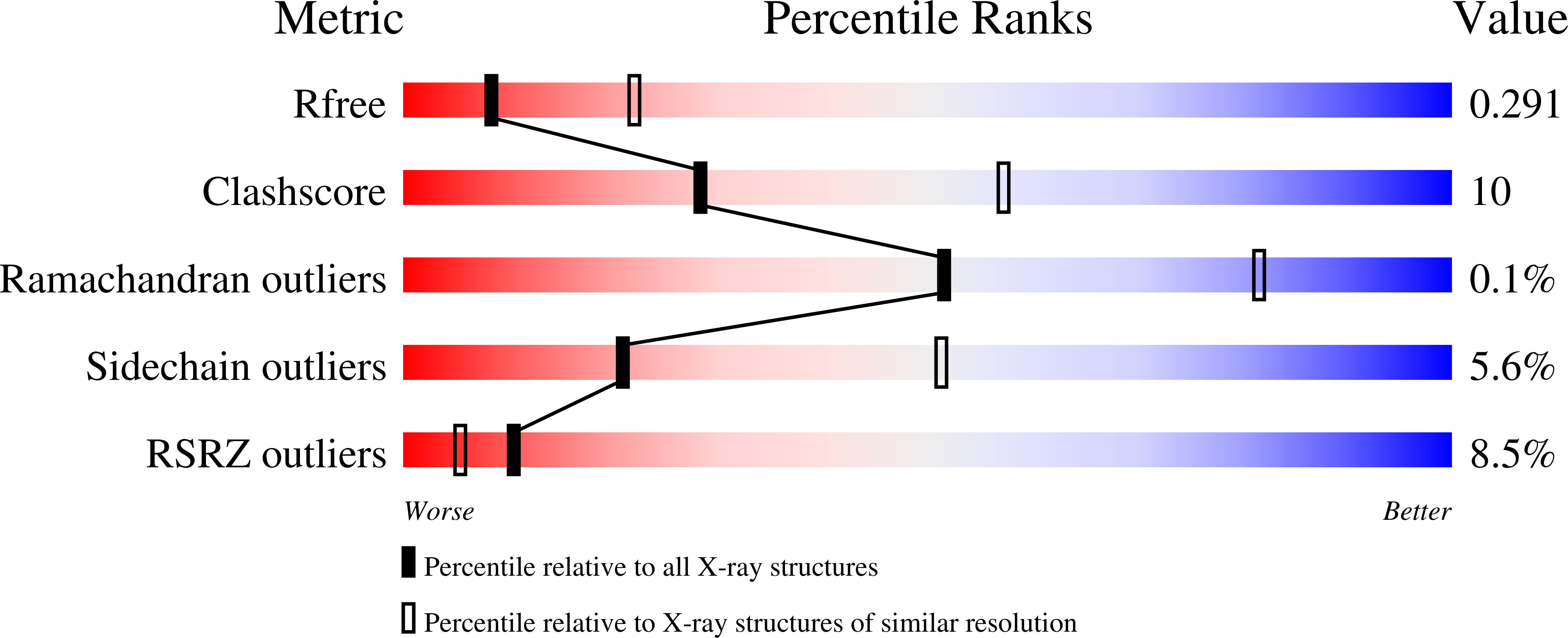
Deposition Date
2023-11-15
Release Date
2024-03-27
Last Version Date
2024-04-24
Entry Detail
PDB ID:
8UZH
Keywords:
Title:
SUMO fused Trehalose Synthase (TreS) of Mycobacterium tuberculosis
Biological Source:
Source Organism:
Saccharomyces cerevisiae (Taxon ID: 559292)
Mycobacterium tuberculosis (Taxon ID: 1773)
Mycobacterium tuberculosis (Taxon ID: 1773)
Host Organism:
Method Details:
Experimental Method:
Resolution:
2.80 Å
R-Value Free:
0.28
R-Value Work:
0.24
R-Value Observed:
0.24
Space Group:
P 32 1 2


